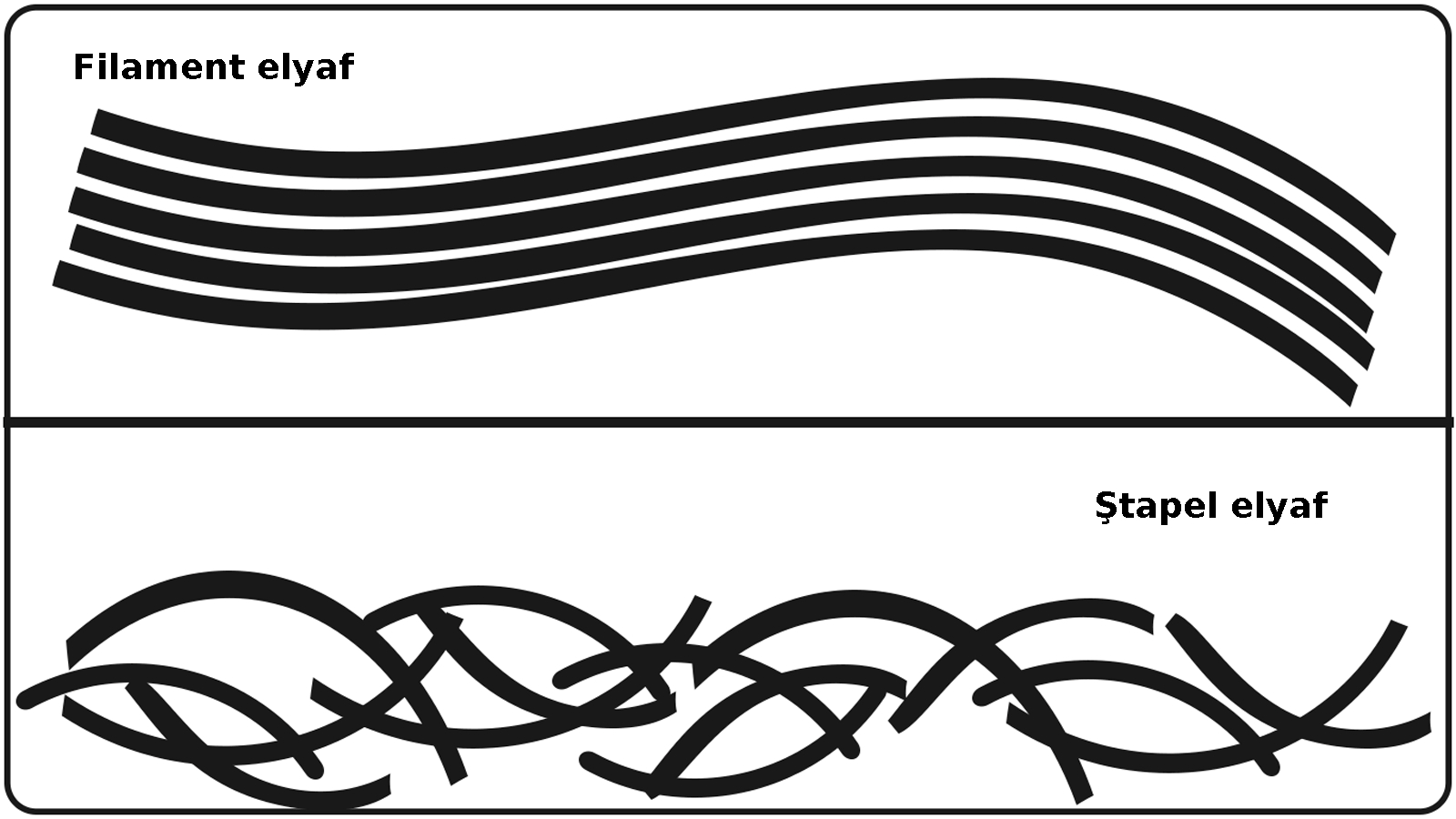Compaction - Mechanical Fabric Finishing Methods In Textile
17:09
0 comments
Compaction is a mechanical process in finishing that causes the fabric to be reduced in length resulting in shortening and thereby less length shrinkage. A fabric's tendency to shrink is affected by its structure, with more open structures having a greater propensity to shrink. Compaction, a mechanical process, can be used to reduce fabric length shrinkage by mechanically compressing the structure of the fabric. Compacting machines are available in various designs for knit and woven fabrics. Yarns are flexible and during fabrication are bent into non-linear configurations.
In the case of knits, fabrication and processing tensions tend to elongate the loops. If the shape of individual loops can be made more round, the fabric is made more compact and the length can be reduced. Less washing shrinkage is a result of this process. In the case of woven fabric, more crimp is created in the warp yarn which reduces its length—the more the crimp, the lower the shrinkage. When knits or wovens are compacted, the fabric becomes heavier and thicker, and the yardage is reduced. Softeners on the fabric and steam in the process will allow the yarns to slip by each other and adjust themselves more easily.
There are two basic technologies for compaction: the heated roll and shoe compactor and the belt compactor.
Heated Roll and Shoe Compaction
Heated roll and shoe compactor is a compaction machine that uses frictional forces to shrink the fabric in a compaction zone consisting of a heated roll and shoe.
Steam is applied as fabric wraps around the heated feed roll made of steel. Just enough moisture is applied so that the fabric will move freely. The fabric moves between two heated shoes which have special surfaces that grab the fabric in a controlled way. The gap between these shoes is set to achieve compaction. The delivery roll is made of rubber and turns at a slower surface speed than the feed roll, and along with the shoes slows the fabric down to allow for compaction. When the fabric hits the surface of the heated shoe, the fabric slows, shortens, and compacts based on the surface friction in the compaction zone. Over-compaction will result in a corrugated appearance. Note how the fabric coming out of this machine is slightly thicker than the fabric going in. A similar but different system design incorporates a compaction blade located below one heated shoe, positioned between the feed and delivery rolls. With this system, the compaction also takes place when the fabric movement is precisely slowed by surface contact in the compaction zone.
Belt Compaction
Belt compactor is a compaction system that places a fabric for shrinking onto a stretched belt that when the belt is compressed, the fabric shrinks. A heated shoe may also be incorporated which further reduces the fabric length as a result of surface friction.
Belt compaction utilizes either a rubber or a felt belt that is stretched by flexing over a pressure roll. The fabric is laid on the belt while the belt is still stretched. Steam is applied as fabric enters the path where it is pressed between the belt and the Palmer unit which is heated. Compressive shrinkage of the fabric with the rubber belt is obtained by the recoil of the belt when it is flexed around the Palmer unit. After the fabric has been compacted, it’s preferred to flat fold the fabric because forming a roll can result in undesirable tension and stretch the fabric. After compaction, the fabric can go directly to cut and sew.
-
Ayakkabılarda doğru numara seçimi sağlık ve kullanım ömrü açısından önem arz eder. Kesirli Ayakkabı Numaraları Ne Anlama Geliyor? 🤔 Bazı a...
-
İş sağlığı ve güvenliği için bazı işletmelerde pr ayakkabı kullanımı gereklidir. Ayakkabılarda rastladığımız "PR" terimi, İngiliz...
-
Rahat bir kullanım için ayağın genişliği ve uzunluğuna uygun ayakkabıyı seçmek son derece önemlidir. Ayakkabı Genişlik Terimleri: E, F, FX,...
-
Yeşil renk ve tonları, sarı ile mavi ışığın birleşmesi sonucu oluşur ve fotosentetik pigmentler nedeniyle bitki yapraklarında yaygın olarak ...
-
Lif kısaltmaları tekstilde elbise üretiminin her aşamasında kullanılır. Tekstil, Kumaş, Lif ve Elyaf Kısaltmaları : Tekstil endüstrisi, lif...
-
Kumaşın ön yüzünün ve arka yüzünün gösterimi. Kumaş yüzü (Alm. Stoffvorderseite, Fr. front de tissue, İng. fabric face; face of fab...
-
Türk tekstil ve hazır giyim sektörü: yerli markaların yükselişi. Türkiye'nin lokomotif sektörlerinden biri olan tekstil ve hazır giyim...
-
Mavi polycotton nevresim takımı. Polycotton , polyester ile pamuğu (cotton) karıştırarak elde edilen, her iki elyafın en iyi performans ...
-
Vorteks iplik üretim aşamaları gösterimi. Vorteks (vortex) eğirme sistemi temel olarak bir çekim sistemi ve bahsedilen çekim sisteminin de...
-
Türk ayakkabı markaları, yerli ham maddeyi mükemmel işçilik ve estetik tasarımlarla birleştiriyor. Türk malı ayakkabı ürünler, kalitesi ve e...
-
Türk tekstil ve hazır giyim sektörü: yerli markaların yükselişi. Türkiye'nin lokomotif sektörlerinden biri olan tekstil ve hazır giyim...
-
Akrilik elyaf, iyi yalıtım özelliğine sahip olmasıyla öne çıkan sentetik bir lif türüdür. Akrilik Elyaf: Tanım ve Özellikler Akrilik, ( Alm....
-
Kumaş numunesi. 1) Yapılarına göre (nasıl yapıldıysa o ismi alır) a) Dokunmamış kumaşlar - Nonwoven , keçeler, kağıt telalar, elyaf, vi...
-
Ünlü Türk modacı ve tasarımcılarının kreasyonları artık dünya moda başkentlerinde sergileniyor. Türkiye'de tekstil ve moda sektörünü...
-
Farklı renk ve türdeki kumaş çeşitleri. Kumaş, ipliklerin, çeşitli yöntemlerle bir araya getirilerek oluşturduğu kaplayıcı yüzeylerd...
-
Türk ayakkabı markaları, yerli ham maddeyi mükemmel işçilik ve estetik tasarımlarla birleştiriyor. Türk malı ayakkabı ürünler, kalitesi ve e...
-
Dünyanın en meşhur modacıları. Dünyaca ünlü modacılar Her sezon önce podyumları sonra da vitrinleri süsleyen özel koleksiyonların arkas...
-
Lif kısaltmaları tekstilde elbise üretiminin her aşamasında kullanılır. Tekstil, Kumaş, Lif ve Elyaf Kısaltmaları : Tekstil endüstrisi, lif...
-
Naylon olarak da bilinen polyamid kumaşlar sentetik kökenli bir kumaş türüdür. Polyamid ya da naylon (Alm. Polyamidfaser, Fr. fibre ...
-
Tekstil ürünlerinin etiketlerinde yıkama, kurutma ve ütüleme ile ilgili semboller bulunur. Tekstil Ürünleri için Tavsiye Edilen Yıkama Tali...


















































































































0 yorum:
Yorum Gönder
Merhaba, daha kaliteli bir site için yorumlarınızı bekliyoruz.